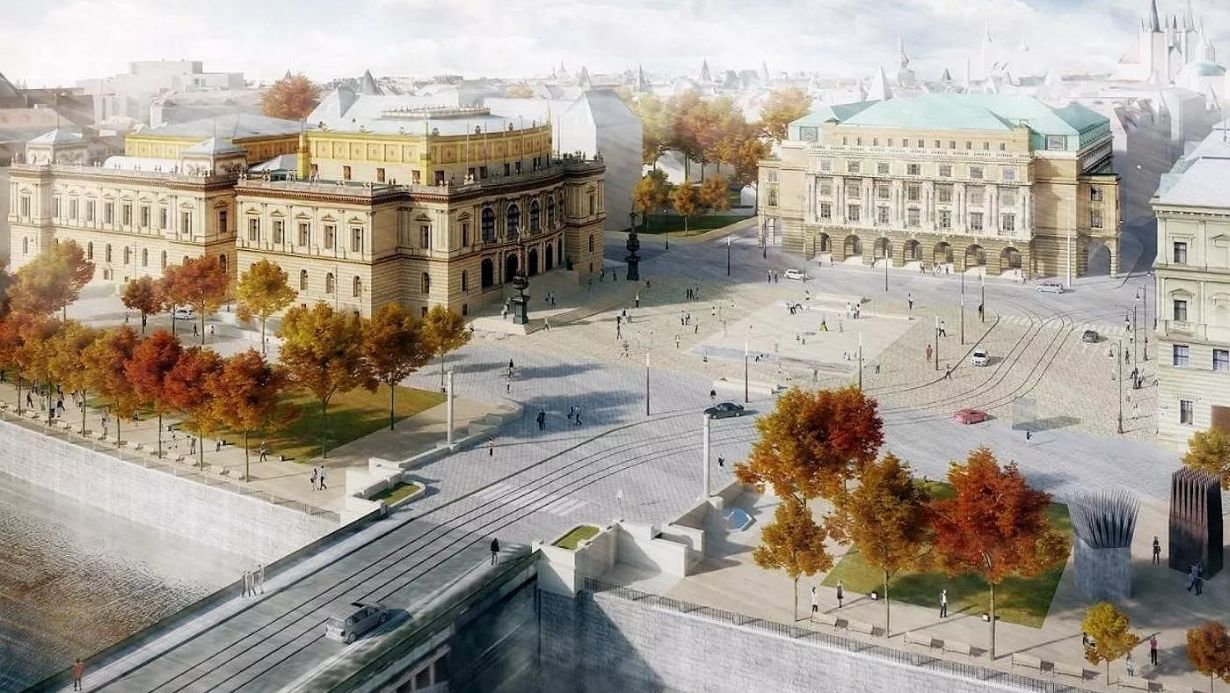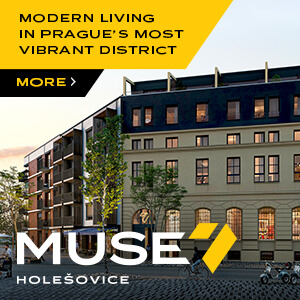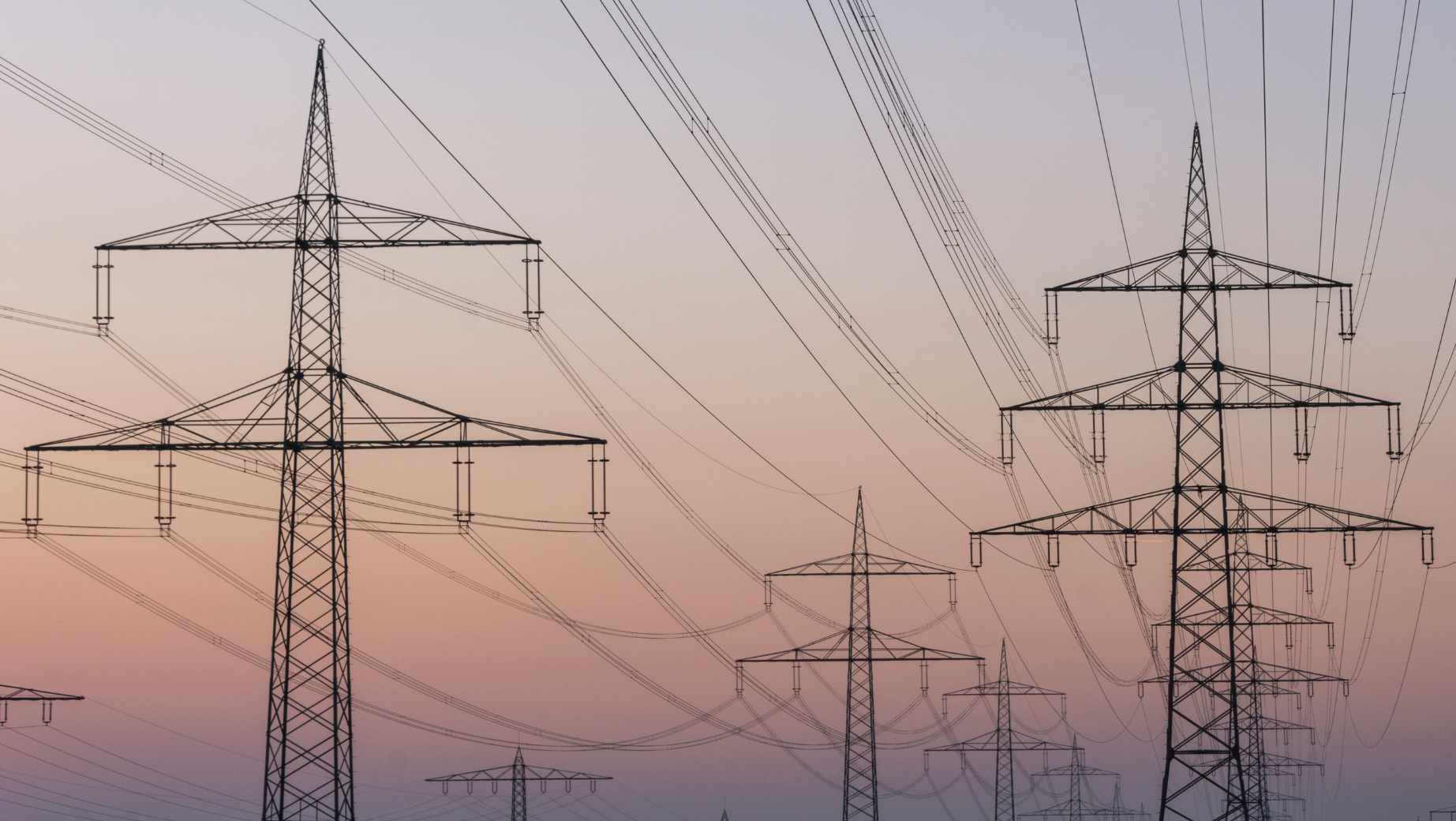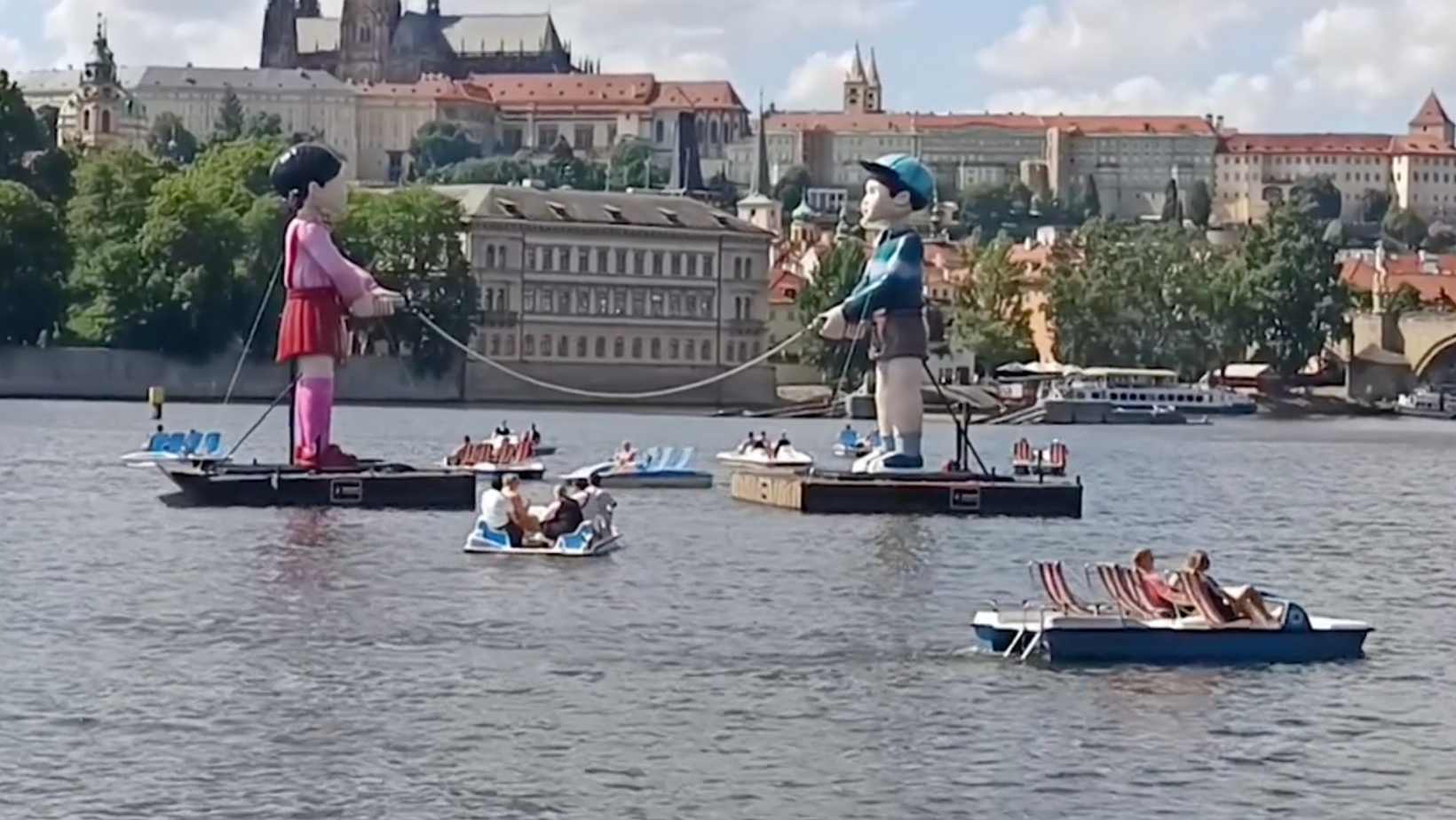Jan Palach Square's Potential Transformation Unfolds
Cara McErlean

Jan Palach Square in Prague could go under a possible transformation. Architects Králíček and Makarov are proposing modernization with an emphasis on history and the memory of the victims.
The main feature will be a 30-meter-high pylon and a memorial site. The new space will connect the past with the future architecture.
A Challenge Beneath
The challenge faced in implementing square modifications stems from underground garages beneath the square, a result of the successful Rudolfinum reconstruction in the late 1980s and early 1990s. Negotiations with private owners are underway to reclaim the square’s central space.
Greenery and Traffic Design
The square’s traffic design envisions reducing car traffic density on Křižovnická Street by implementing charges on passage through Smetana Embankment. This move aims to enhance spatial comfort for pedestrians and promote mass rail and bus transport at the Old Town tram stops.
A Universally Usable Space
Architects envision Jan Palach Square as a universally usable paved area featuring the central pylon for the national flag, a water feature, and a new monument to Antonín Dvořák in front of the Rudolfinum’s entrance facade. This transformation would replace a 1950s unrealized monument, currently standing in front of the Rudolfinum since the 1990s.
The square is named after Jan Palach, a student of the nearby Faculty of Arts, who immolated himself in January 1969 in protest of the 1968 Soviet occupation of Czechoslovakia.
In the southern part of the square stand John Hejduk’s sculptures, the House of the Suicide and the House of the Mother of the Suicide, both in memory of Palach’s brave, albeit tragic act.
It is a historical paradox that the old name of the square – Krasnoarmějců Square – also referred to the arrival of the Soviet army. This though, was an arrival under very different circumstances. The Soviet army helped liberate Prague from the Nazis in 1945.
The name had a symbolic value because during the course of the fighting, the square served as a provisional burial ground for fallen Soviet troops.
So the unwelcome Soviet “brotherly help” in August 1968 not only quashed all hope of the democratization of the Czechoslovak society, but forever discredited the esteem in which Czech society held the Soviet army thanks to the liberation.
-
NEWSLETTER
Subscribe for our daily news









